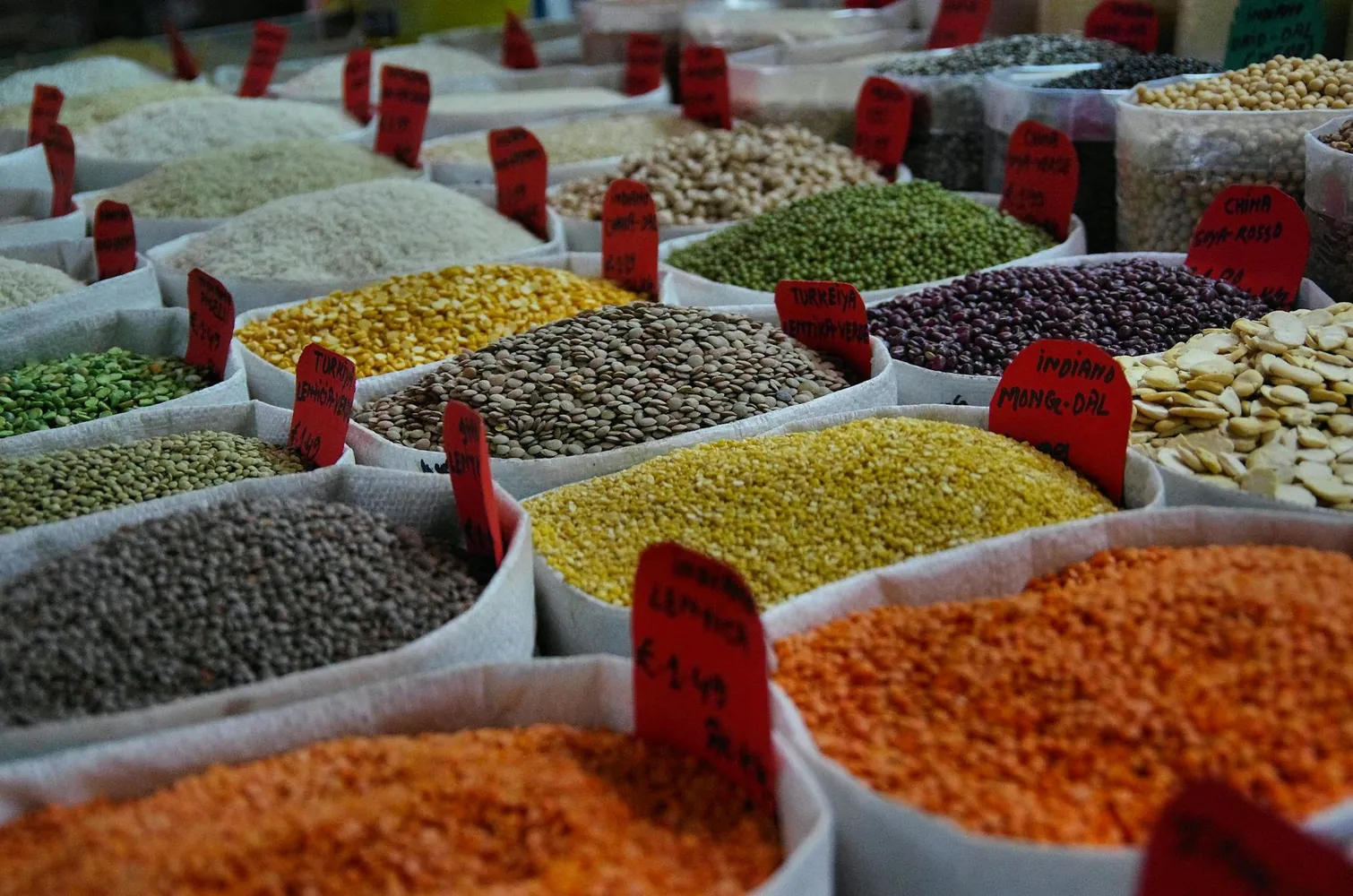Assessing the Culinary Potential of Ancient Grains in Healthy Eating

The Rise of Ancient Grains in Modern Diets
In recent years, there has been a notable resurgence in the popularity of ancient grains such as quinoa, farro, and spelt. These grains, which have been cultivated for thousands of years, are now being recognized for their nutritional benefits and culinary versatility. As people become more health-conscious, the demand for whole grains that are rich in nutrients has led to a renaissance of these age-old staples.
Nutritional Benefits of Ancient Grains
Ancient grains offer a range of nutritional advantages over conventional grains like wheat and corn. They are generally higher in protein, fiber, and essential vitamins and minerals. For instance, quinoa, often called a superfood, is a complete protein, meaning it contains all nine essential amino acids that our bodies cannot produce on their own. Similarly, farro is rich in magnesium and zinc, while spelt offers a good dose of dietary fiber and iron.
Comparison with Conventional Grains
While conventional grains remain staples in many diets worldwide due to their affordability and accessibility, they often undergo significant processing that strips away valuable nutrients. In contrast, many ancient grains are consumed in their whole form, retaining more of their natural nutritional content. This distinction makes them an attractive option for those seeking to enhance their diet with nutrient-dense foods.
Culinary Versatility
Beyond their health benefits, ancient grains are celebrated for their culinary flexibility. They can be incorporated into a variety of dishes, providing texture and flavor that complements both traditional recipes and modern innovations.
Integrating Quinoa into Everyday Meals
Quinoa is incredibly versatile and can be used in place of rice or pasta in many recipes. Its nutty flavor pairs well with vegetables and proteins. Consider using quinoa as a base for salads or as an alternative to breadcrumbs in casseroles and meatballs.
Exploring Farro's Robust Flavor
Farro’s chewy texture and rich taste make it an excellent addition to soups and stews. It's also perfect for grain bowls or as a side dish tossed with roasted vegetables and a splash of olive oil.
Baking with Spelt
Spelt flour can be used in baking for those looking to explore alternatives to all-purpose flour. It lends a slightly sweet, nutty flavor to bread, muffins, and even pancakes. Bakers should note that spelt flour absorbs less water than wheat flour, so adjustments might be necessary when substituting.
The Popularity of Ancient Grains in Health-Conscious Dining
The growing interest in clean eating and plant-based diets has contributed to the rise of ancient grains. Restaurants and food producers are increasingly incorporating these grains into their offerings to meet consumer demand for healthier options.
Ancient Grains on Restaurant Menus
Many contemporary eateries feature ancient grains as part of their menu items. Grain bowls featuring quinoa or farro have become staples at health-focused cafes and bistros. Chefs appreciate the depth of flavor these grains bring to dishes while accommodating diverse dietary preferences.
Grocery Stores and Consumer Demand
The availability of ancient grains in grocery stores has expanded as consumer awareness has grown. Today, it's common to find a wide array of these grains stocked alongside conventional rice and pasta products.
Potential Drawbacks
Despite their benefits, there are some challenges associated with ancient grains that consumers should consider.
Cost Considerations
Ancient grains are often more expensive than their conventional counterparts due to factors such as production costs and lower yields. For budget-conscious consumers, this can be a significant barrier to regular consumption.
Sourcing Challenges
The increased demand for ancient grains has sometimes outpaced supply, leading to sourcing difficulties. Not all areas have easy access to these products, which can limit their use in certain regions.
Allergen Awareness
Although many ancient grains are gluten-free (like quinoa), others such as spelt contain gluten. Consumers with gluten sensitivities must read labels carefully to avoid adverse reactions.
Practical Tips for Incorporating Ancient Grains
- Start Small: Introduce one grain at a time into your meals to familiarize yourself with its taste and cooking properties.
- Experiment with Recipes: Try substituting ancient grains in your favorite dishes. Replace rice with quinoa or pasta with farro in salads and soups.
- Bulk Purchases: If possible, buy ancient grains in bulk to save money and reduce packaging waste.
The Future of Ancient Grains
The trajectory for ancient grains looks promising as more people embrace sustainable and health-oriented eating habits. Their robust nutritional profile combined with culinary versatility ensures they will continue to play a significant role in shaping future food trends. As research continues to uncover the benefits of these grains, it is likely that their applications will only expand further across global cuisines.